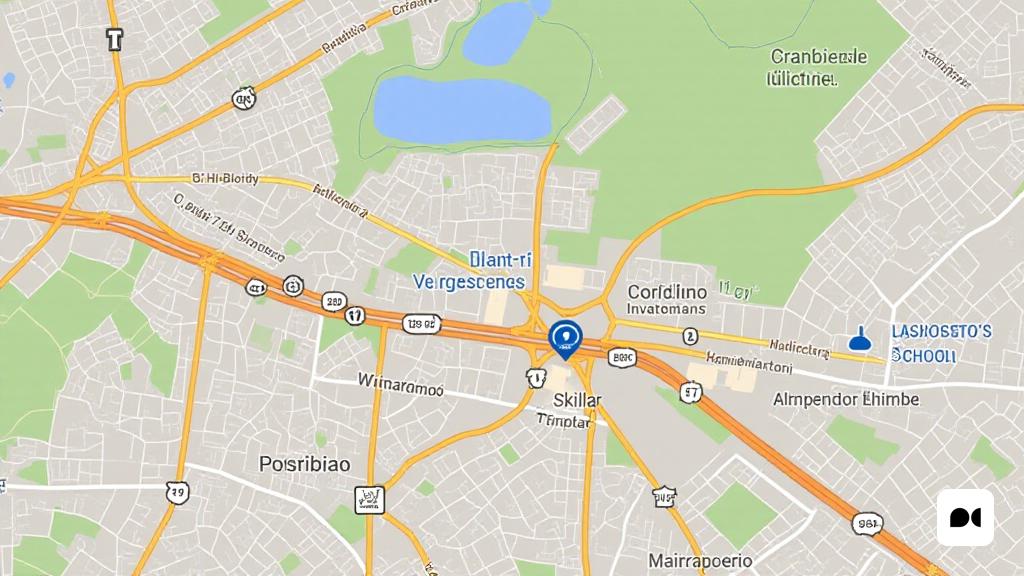A journey between two realities
In Catalonia, the distance is not always physical. Only 90 meters from each other, the Joanot Martorell Institute and the Pere Vergés Garbí School exemplify two radically different educational realities. The first, a public center with a high rate of vulnerable students, and the second, a private elite institution that stands out for its facilities. This brief distance on the map is accompanied by an abysmal social and economic separation between students.
The role of education in society
The school, far from being a vehicle for social ascent, often perpetuates existing inequalities. Sociologist César Rendueles clearly expresses it: education has become a mechanism that consolidates the class position. The idea of meritocracy, of personal effort as a key to progress, turns out to be more a mirage than a reality.
Stats don’t lie
The figures are forceful. Children of parents with higher education are 15 times more likely to complete an engineering career than those who come from families with little educational resources. In addition, the gap between schools is obvious: while in Sant Cugat del Vallès the number of university enrolled is considerable, Santa Coloma de Gramenet has alarming data.
The influence of the social context
It cannot be blamed only for school or the technology of educational inequalities. The roots of this problem are much deeper and are in the structure of society. Educational segregation is a reflection of social segregation: well-to-do students tend to isolate themselves from those who come from more disadvantaged contexts, thus perpetuating the cycle of inequality.
The reproduction of the elite
Private schools not only offer quality education, but also serve as a mechanism of reproduction of cultural and social capital. Institutions like St. Peter’s School in Barcelona are an example of this, with a training that goes beyond academic knowledge and which promotes the perpetuation of the middle and upper classes.
The consequences of segregation
Educational segregation not only affects students’ opportunities, but also impacts the social fabric directly. The lack of interaction between students from different social classes limits their perspectives and promotes division, creating an increasingly fragmented society.
An uncertain future
Catalonia is at a crossroads. Educational inequalities are a reflection of a system that not only fails to provide equal opportunities, but also consolidates existing differences. Reflection on the role of education in social cohesion is more necessary than ever, if we want to build a fairer and more equitable future.

